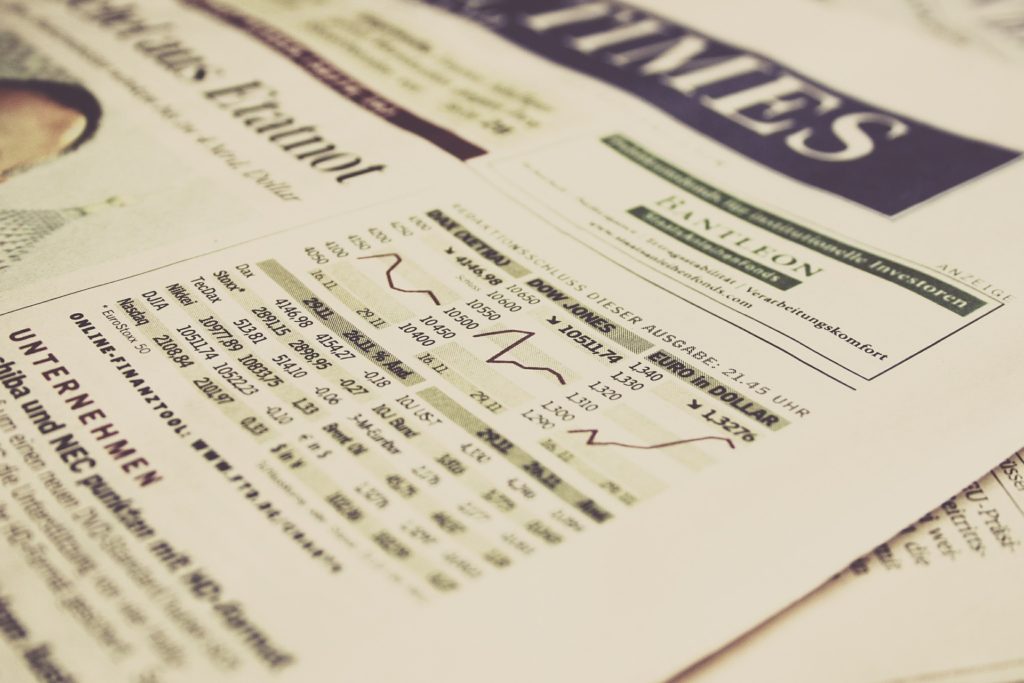
For the past several years, it has become customary for most companies to expect their employees to work longer hours, check emails and answer calls on end, and devote their lives to their job. Sadly, these things all border on being unhealthy. Good thing that times have changed as business owners rediscovered a fact Henry Ford knew all along – too much work can lead to decreased productivity, increased absenteeism, and reduced employee morale that can affect the bottom line in the end. This is where the Law of Diminishing Returns comes in.
What is the Law of Diminishing Returns?
Law of Diminishing Returns, in Economics, is also called Diminishing Marginal Returns, Principle of Diminishing Marginal Productivity, or Law of Variable Proportions. This states that the marginal or incremental output of the process of production reduces as the amount of one production factor is significantly increased while the rest of the production factors are held constant.
Based on research, this law seems to be applicable to the relationship between the hours worked and employee productivity. Experts claim that working several hours per week or for several consecutive days can lead to reduced productivity in time. Time is needed for workers to recover from their work.
Plunging into the Productivity Cliff
Output of employees appears to fall incrementally after 50 hours before dropping more severely after 55 hours. Also employees who work 70 hours don’t produce much more than those who work 55 hours.
It can be disheartening news for those driven workers wearing their long working hours as a badge of honor. However, experts warn about long hours and its health effects that are also associated with employee turnover and absenteeism.
The stark reality is that physical and mental work alike can result in fatigue that can limit the bodily and cognitive resources people spend on their work. If they don’t think clearly or move as precisely or quickly, they need to work slower to maintain safety and quality requirements.
Employees Lose Sleep
More and more employees today trade sleep for their jobs. People who were able to sleep for 6 hours or less every night worked 1 and ½ hours more than those who got longer sleeping hours.
There is overwhelming evidence that the time employees spend on their job has become the most common sleep thief these days.
However, the idea of executing healthy working limits could be good news for today’s workforce. If companies set boundaries in work, they can enjoy the benefits of higher employee output every hour. Businesses can then lower costs provided that employees stopped working before they fall off the productivity cliff.
Changes in the Company Culture
An increasing number of small business owners are now trying to tweak company culture as far as long working hours are concerned. Company leaders claim that their 40-hour weekly work policy improves the efficiency of their employees for them to focus better while at work. This policy can also free up workers to completely unplug the moment they step outside the office.









